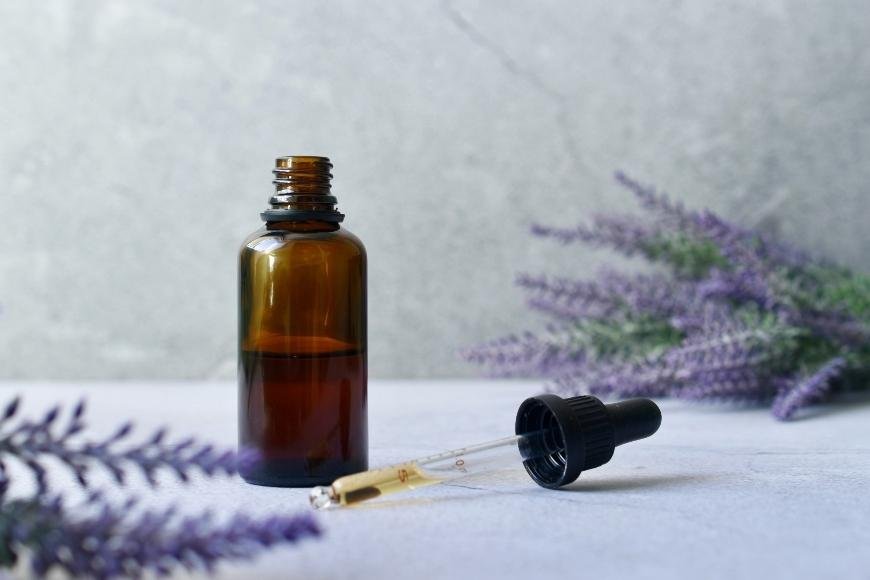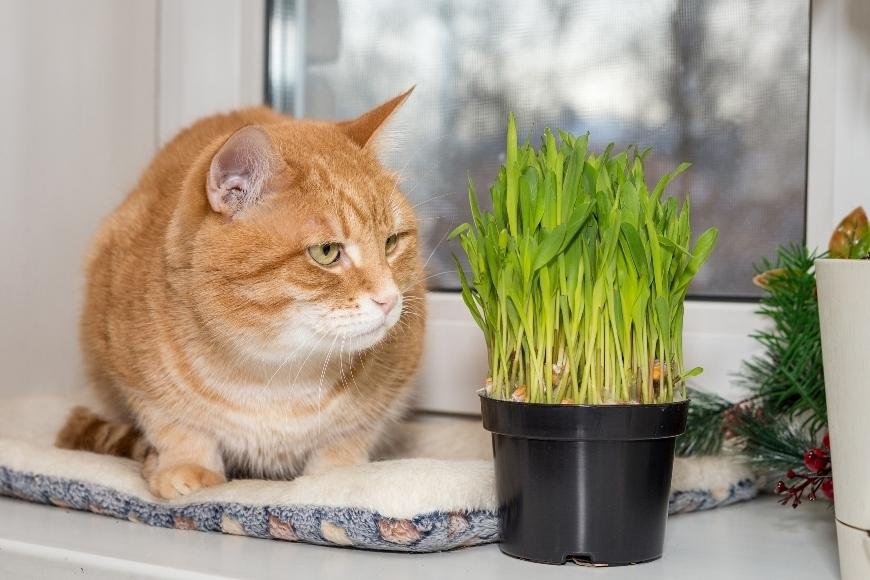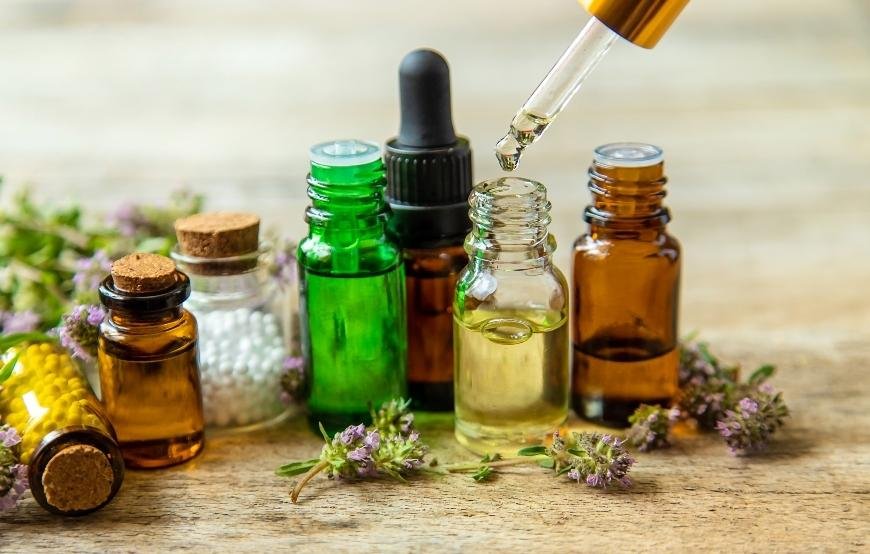How to Make a Catnip Extract
Discover how to make a Catnip Extract with our easy DIY guide, perfect for treating your feline friends with homemade catnip oil and toys using Nepeta cataria.

If you're seeking to craft a catnip extract, this guide will provide all the necessary information from materials needed to instructions on how to do so. Catnip oil is an excellent addition to homemade cat toys and can provide hours of entertainment for your feline friends. In this blog post, we will cover everything from why making a catnip extract is worth your time, what materials you'll need, and the step-by-step process involved.
As we delve into the world of Nepeta cataria – or more commonly known as catnip – we will discuss its benefits not only for our furry companions but also for humans who enjoy growing and using plants recreationally. Furthermore, proper storage techniques for your homemade catnip extract will be covered so that it remains potent over time.
Get ready to embark on an informative journey as we explore how to make a catnip extract in detail!
Table of Contents:
- Why Make a Catnip Extract?
- What You Need to Make a Catnip Extract
- Step-by-Step Process for Making a Catnip Extract
- Storing Your Catnip Extract
- FAQs in Relation to How to Make a Catnip Extract
- Conclusion
Why Make a Catnip Extract?

Catnip extract has been employed for many years as a powerful and diverse herbal remedy, used to treat various medical issues. Catnip extract possesses the capability to mitigate distress, abate unease, and be employed in aromatherapy. In addition, catnip extract can provide an all-natural alternative to synthetic drugs with fewer side effects.
Making your own catnip extract also provides the opportunity to customize it according to your needs or preferences – such as adding additional herbs or oils for added benefits – without having to worry about unknown ingredients being included in a commercial product. This makes it easy for anyone who wants more control over their health care regimen while still taking advantage of natural remedies like catnip extract.
Creating a catnip infusion is an effortless way to relish the advantages of this herb without having to cultivate it yourself. By understanding what you need and how to make your own extract, you can start enjoying the effects of catnip in no time. For the supplies required for creating a catnip extract, let us take an overview.
What You Need to Make a Catnip Extract
For a catnip extract, the first and most important is dried catnip leaves. You'll need to either buy dried catnip leaves from a shop or cultivate them yourself if you have the area for it. It’s best to harvest the leaves in late summer when they are at their peak potency and dry them out before using them in your extract.
When using fresh leaves instead of dried ones when making an extraction solution, keep in mind that they must first be crushed before adding them into the liquid medium (such as water). This will help release more of the active compounds found within the plant material so that they are readily available when consumed orally or applied topically (depending on how you plan on using it). Dried leaves can also be used, but they may require extended soaking times due to their lower moisture content compared with fresh ones.
For the extraction of catnip's beneficial compounds, use a cold-pressed organic carrier oil such as olive or coconut. This will be used to mix with the catnip leaves so that all of its beneficial compounds can be extracted into the solution. Ensure the oil employed is organic and unrefined to ensure best results.
You’ll also need glass jars with lids to hold your finished product once it has been made. Choose ones with wide mouths so that they are easy to fill and access when needed, as well as being airtight enough to keep moisture out and preserve freshness over time.
Finally, make sure to have something like cheesecloth available for straining out any solids from the liquid after extraction is complete. This will help ensure that only pure extracts remain in the final product without any chunks or pieces left behind which could affect its quality negatively over time if not removed properly beforehand.
To make a catnip extract, you will need dried catnip leaves and flowers, high-proof alcohol such as vodka or Everclear, a sealable jar with lid for storage and an airtight container. Let's explore the instructions for constructing this extract, with all necessary materials in hand.
Step-by-Step Process for Making a Catnip Extract

Creating a catnip infusion is straightforward and gratifying, something you can do in the coziness of your own abode. To create a catnip extract, you'll need some fresh leaves, basic kitchen utensils, and an oil. Here's what to do:
Grind:
Start by grinding up your catnip leaves using either a mortar and pestle or a food processor until it forms a fine powder. This will help release the essential oils from the plant material which will give you maximum potency for your extract.
Mix:
Next, mix together equal parts of ground catnip and oil in a bowl until combined into an oily paste-like consistency. Mix an organic oil, like olive, coconut or almond, for the paste's consistency.
Strain:
After mixing together the ingredients, strain out any remaining chunks through cheesecloth or muslin cloth into another container to separate out any solid pieces from the liquid mixture. This step is important because if left unattended these chunks may spoil over time resulting in an off-tasting product with reduced potency levels compared to its freshly made counterpart.
Making a catnip extract is an easy and straightforward process. Now that you have created the catnip extract, storing it correctly for future use is essential.
Storing Your Catnip Extract
When it comes to storing your catnip extract, you want to make sure that it is kept in an airtight container. This will help keep the extract from losing its potency and ensure that it remains as fresh as possible. To ensure its potency, store your catnip extract in a cool and dark area away from direct sunlight or heat sources. This will prevent any oxidation of the active ingredients which can cause them to become less effective over time.
You may find that storing your catnip extract in a refrigerator is beneficial for keeping it at its optimal potency level. However, be sure not to freeze the liquid as this could damage some of the more delicate components within the mixture. If you are unable to store your catnip extract in a fridge then try placing it somewhere with low humidity levels such as a basement or cellar if available - this should help keep moisture out and maintain its quality longer-term.
It’s also wise not to leave any containers open when not using them; instead, tightly seal them after each use so no moisture can get inside and potentially spoil your hard work. As an extra precautionary measure, consider wrapping up each container with foil before sealing – this will provide additional protection against light exposure which can have negative effects on certain substances within the mix too.
In addition, make sure all containers used for storage are labelled clearly with what they contain and their expiration date (if applicable). This way there will be no confusion about what is inside and when it needs replacing due to age or other factors like temperature fluctuations etc., giving you peace of mind knowing exactly where everything stands at all times.
FAQs in Relation to How to Make a Catnip Extract
How do you make catnip extract?
For the extraction process, you'll need a container (such as a glass jar with lid) to hold your catnip leaves and flowers along with some oil such as olive or coconut oil plus cheesecloth. Start by filling your container halfway with catnip leaves and flowers. Pour enough oil over the plant material to cover it completely. Securely close the lid on your container and place in an area away from direct sunlight for two weeks while shaking daily to ensure proper mixing of oils into plants. After two weeks have passed, strain out any remaining plant material using cheesecloth then pour extracted liquid into another clean glass jar with lid before storing in a cool dark place until ready to use.
How can I make my catnip more potent?
To make your catnip more potent, it is important to ensure that the plant is grown in nutrient-rich soil and exposed to plenty of sunlight. Additionally, harvesting the leaves at their peak potency can increase their strength. You may also want to consider drying them out or crushing them into a powder for easier consumption. Finally, adding essential oils such as lavender or peppermint oil can enhance its effects further. Try these strategies to make your catnip even more exciting for cats.
How is catnip oil made?
Catnip oil is made by steam distillation of the leaves and flowering tops of the catnip plant (Nepeta Cataria). The process involves heating water to create steam, which passes through a container filled with dried catnip. As it does so, volatile oils are released from the plant material and carried away in the vapor. When cooled, these vapors condense into liquid form—catnip essential oil. The concentrated essence holds a wealth of helpful components that can be employed medicinally or as part of natural cosmetics.
How do you distill catnip oil?
Distilling catnip oil requires a few simple steps. The catnip leaves, dried in advance, are steeped in hot H2O to draw out their essential oils. The resulting liquid is then filtered and heated at low temperatures until the desired consistency of oil is achieved. The cooled liquid can be saved for future use or straight away employed as a herbal remedy or to give flavor to dishes and drinks. Consequently, if the oil is overheated it may compromise its beneficial qualities.
Conclusion
Creating a catnip extract is relatively simple and requires only basic materials and effort. This extract has many potential uses, including medicinal or recreational applications. With the right ingredients and equipment, you can make your own catnip extract in no time. Ensure that you store the extract carefully to maintain its strength for as long a time as feasible. Have fun experimenting with this plant-based extraction method.






































































































































